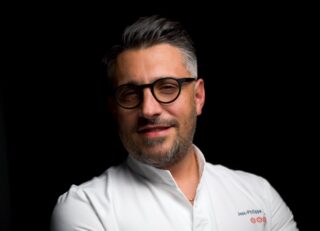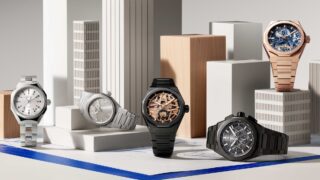This website uses cookies so that we can provide you with the best user experience possible. Cookie information is stored in your browser and performs functions such as recognising you when you return to our website and helping our team to understand which sections of the website you find most interesting and useful.
The queen of green: How Artist Jeweller Ute Decker is spearheading the fight for sustainable jewellery
By Rose Adams | 27 September 2018 | Style
Tempus meets Ute Decker, a trailblazer of the ethical jewellery movement and advocate for change
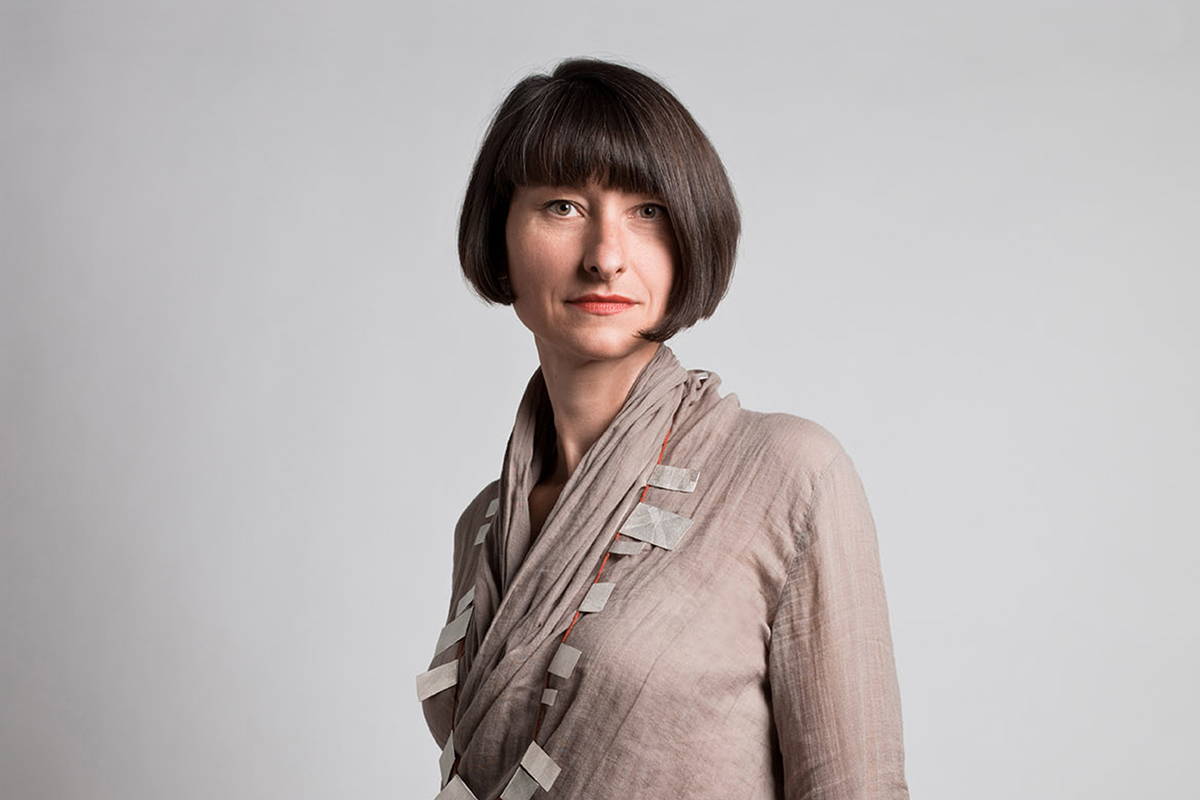
Chopard and Fabergé may have pledged their commitment to sustainable jewellery earlier this year with the world’s first laser-inscribed emerald with traceability information including Gemfields reference number and the emerald's Gübelin laboratory certificate reference, but Artist Jeweller Ute Decker was has long been ahead of the curve. As one of the first designers in the world to pioneer the use of ethical materials, and the concept of conscious jewellery is something she holds incredibly close to her heart.
“Brands make the most beautiful pieces symbolising love and specialness, but they’re tainted by the materials from which they’re made,” Decker exclusively told Tempus. “The opulence of jewellery has an ugly underlying backstory that we never talk about. When I started looking into mining, child labour and blood diamonds, what I discovered was really quite horrific, so it’s imperative I work with only Fairmine gold and support small mining cooperatives.”
A trailblazer of the ethical jewellery movement and advocate for change, Decker was one of the first Fairtrade Gold licence-holders worldwide, and one of the first jewellers to launch a collection made entirely from such material. The limited-edition, wearable sculptures that have become her signature – all of which are individually hand-crafted – have garnered notable acclaim. Not limited to jewellery showcases, the avant-garde pieces have been presented at art and design shows across the world, including Masterpiece London, Design Basel and Paris’ Art Elysées, as well as being selected by the late Dame Zaha Hadid to showcase at London’s Goldsmiths’Fair.
Tempus caught up with Decker at this year’s International Jewellery London to discuss the unique creative process behind her designs, her unique position within the jewellery market, and why she is urging other luxury designers to lead by her example.
Tempus: Ute, how did you come to carve a successful career in jewellery making?
Ute Decker: I used to work as a journalist but I’ve always had a passion for jewellery making, so attended evening classes to learn. There was lots of jewellery out there but nothing that ever excited me. There was a lot of interest in my work but I wasn’t sure whether I wanted to make it a profession at first, as I wanted to keep the joy of making. However, when I showed at my first exhibition and won a prize, it felt so good, and that was nine years ago.
Related: Dior to unveil new pieces in exclusive Harrods boutique
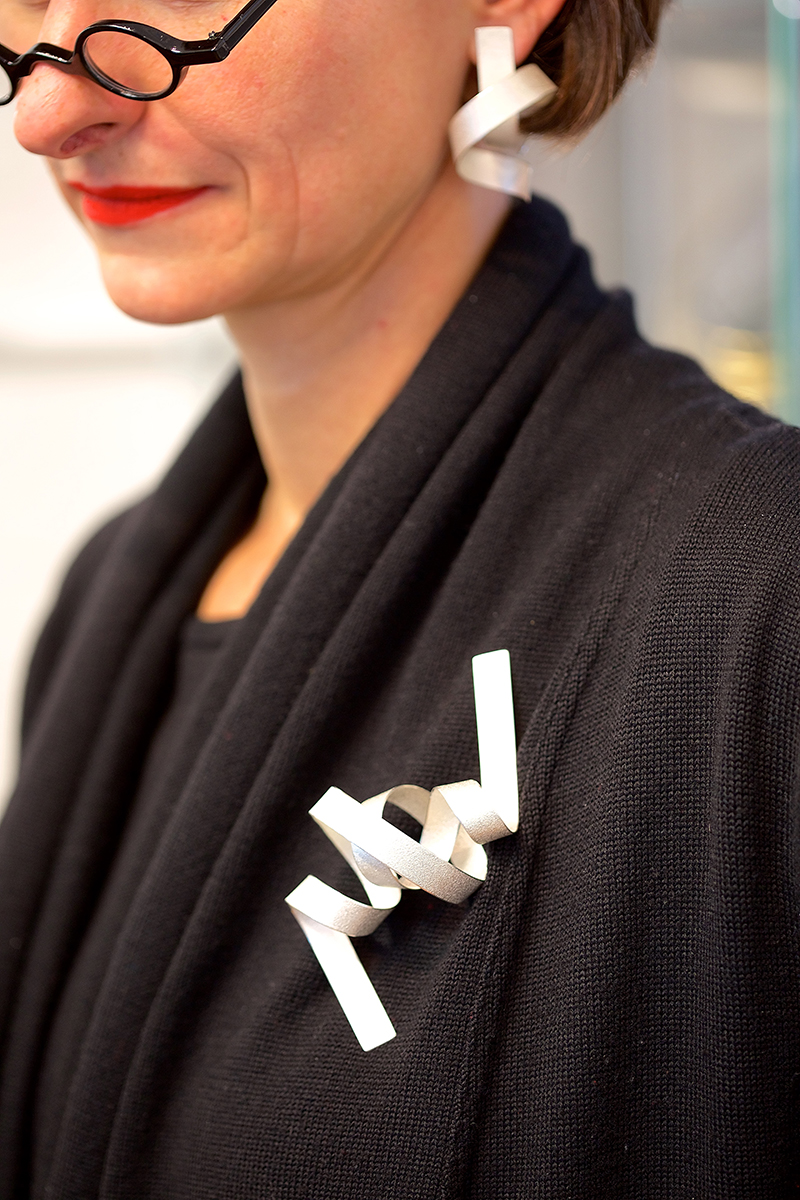
Your beautifully unique designs are described as ‘geometric poetry’ – what inspires you?
Whenever I make new pieces I wear them to see how they feel, as with large sculpture pieces you need to have a good balance on the body. It’s about harmonising the simplicity of forms with the complexity of texture. Making jewellery out of pure joy gave me complete freedom because I wasn’t thinking about whether it would sell or not, I just created whatever I wanted, working in a daring, sculptural way. Every piece I make goes through my hands, it’s all my creativity. There is a confluence of inspiration that goes into a piece – it really is that crazy in my head! When you wear these miniature sculptures you become a canvas.
Tell me about the creative process you follow when creating each piece.
When I go to the studio I always have a specific idea of what I want to do, but my mind often wanders toward something completely different – that’s the joy of it. I love the freedom of not knowing what will come out. Very often I surprise myself with what comes out, it’s totally unplanned. One piece informs the next and I enjoy experimenting. If consumers purchase from the small maker who puts their passion and imagination into making, they’ll have something special for many years.
Your work has been exhibited all over the world, including Masterpiece London, Design Basel, Design Miami and TEFAF Maastricht, what would be your dream presentation to show at?
I would love to show at the Metropolitan Museum or the Victoria and Albert Museum. The V&A already has one of my pieces in its collection but I’d love my own showcase. I would never have thought my work would be shown at Masterpiece next to Picasso – you just couldn’t comprehend that kind of ambition, especially being a small, individual jewellery maker.
Related: V&A Museum to host the UK’s biggest ever Christian Dior exhibition next year
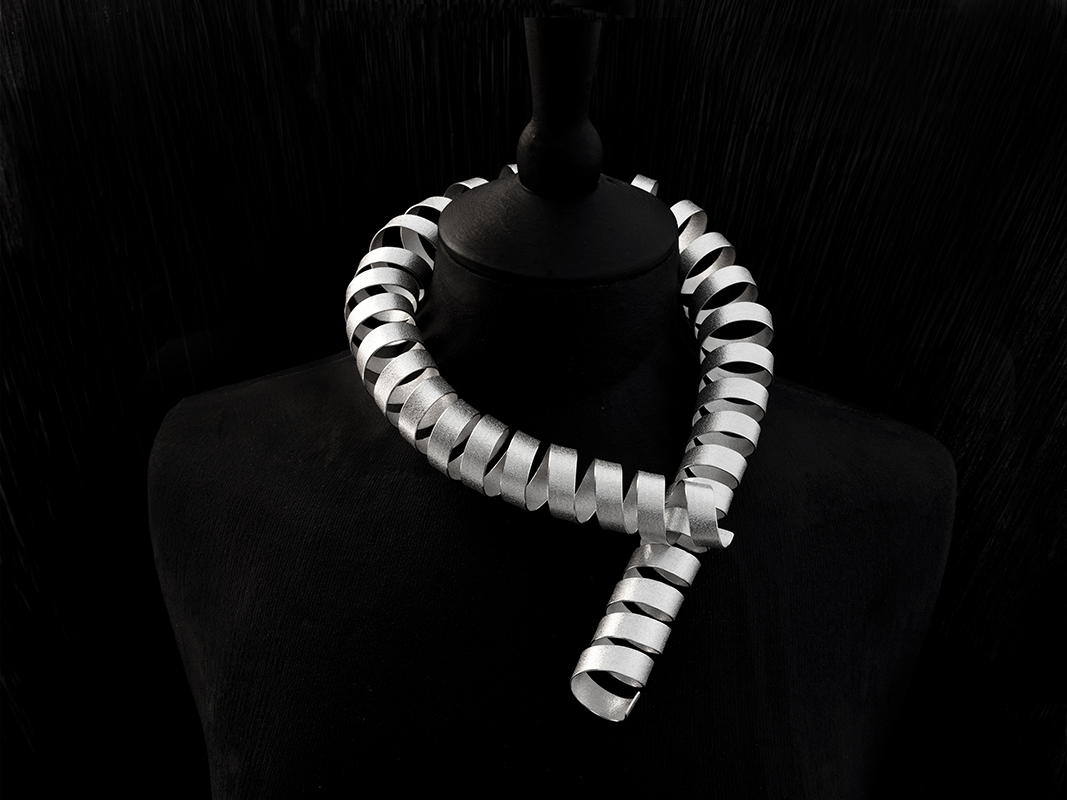
The use of sustainable materials, including Fairtrade gold and recycled silver, is an important part of your designs. How do you source your materials? What measures have you put in place to make sure they are sustainably and ethically sourced?
I know where all of my gold is coming from – not just the country, but the region, the village and even the hilltop. I’ve met some of the miners and know them all by name. We work with Fairtrade who work with small mining communities. There is no child labour, exploitation or throwing mercury down the Amazon and small community artisanal miners are fairly paid. We pay a premium which is then invested by the community into whatever they need – whether that be nursing, schools or toilet facilities. It’s really empowering to help those communities. When you talk about the expense of gold, to have to pay a premium makes no difference whatsoever, especially with non-commercial work like mine. If my price of gold is £50 or £100 more with that premium, it’s so worthwhile for what you enable and facilitate. I’m very proud to have been one of the first to have been involved in that facilitating and sharing process. It’s a very beautiful sense of prominence that I know where my gold comes from.
Progress towards sustainability is being made by top brands in the jewellery world, do you think there is still more to be done? How so? Do you think other designers should be doing more?
Yes absolutely. When I started, there was hostility in the industry towards what I was doing, like ‘what do you mean your gold is ethical? Does that means our gold is unethical?’. But that’s not how I see it at all. Consumers want to be more connected and not just anonymously via social media, but to the provenance and story behind jewellery. When we launched, there wasn’t enough Fairtrade gold but now there is a very good supply and price isn’t an issue. The more who use it the easier it will become.
Do you think this conversation will continue to gather momentum?
It has to. I often host workshops and seminars on the issue and the next generation are really keen. Previously you’d have to do so much research to find out what the issues are, but now there are sources such as ‘The Ethical Making Resource’ widely available. The UK was the first country to introduce ethical Fairtrade gold in 2011, and now it’s everywhere from Switzerland to Hong Kong. However, a big danger is that a lot of brands will speak the green speak but not walk the green walk. There is a lot of greenwash and as a consumer, if you’re not well informed it’s difficult to tell which is genuine and which is not. Most jewellery websites will claim to be ethical but actually aren’t – stones or diamonds that come with the Kimberley Process certificate isn’t worth the paper it’s written on. There are so many fakes and implications surrounding The Kimberley Process that it’s disingenuous.
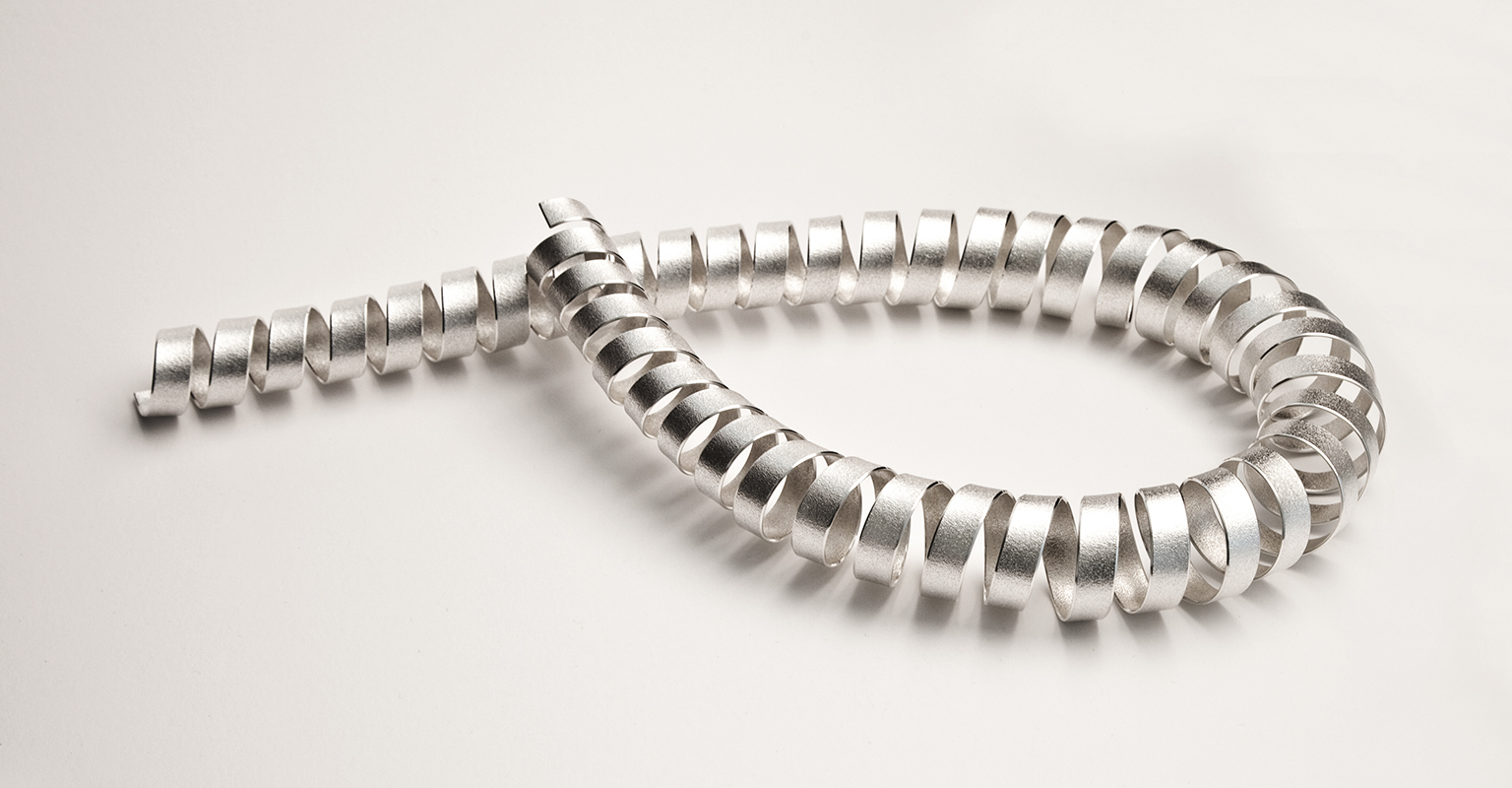
Do you have any plans to expand, for example opening up a store your business?
No, I’d like to stay small. I know my refiner, we talk regularly, and when the gold comes to my bench, it goes through my hands. I have a very small output each year because the process takes time and I’m happy to make everything myself. My business comes mainly from buyers coming directly to me which I think is very important in today’s anonymous world. To know the impact the work you do has on the world is a great thing and a wonderful way of working. I wouldn’t even call myself a brand – it’s much more important to be individual than bigger.
Jewellery is seen as a way to express your style, mood and personality. Why do you think it’s such an important way of doing that?
We have been wearing jewellery and body adornment since the Stone Age. It’s easy to go to Bond Street and purchase a huge diamond that everyone will look at, but to find a small atelier you find exciting and visit the studio, meet the maker and see the process, that is much more exhilarating.


